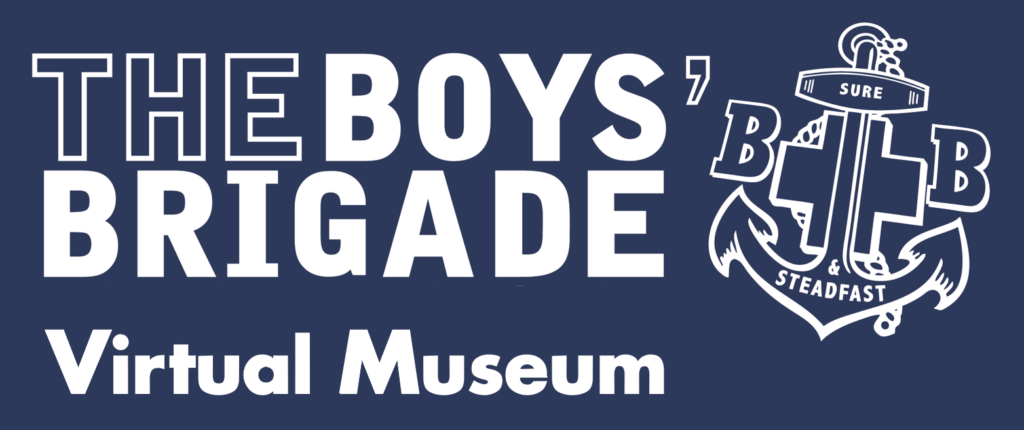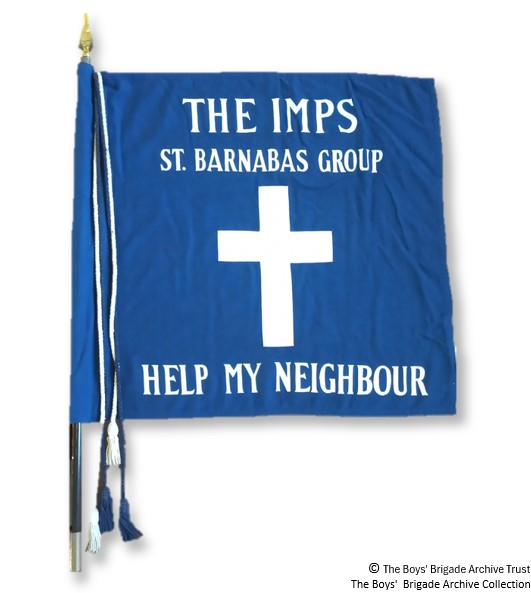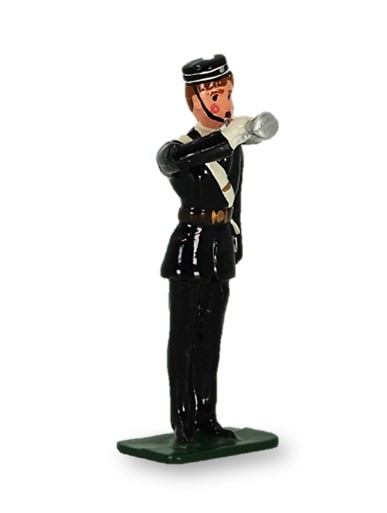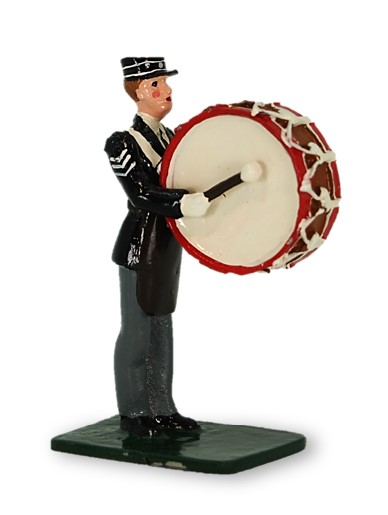IMPS
This boys club which first met on the 1st September 1954 had by their 21st anniversary in 1975 had grown to 254 groups throughout England and Wales. But with the introduction of the Anchor Boys by The Boys’ Brigade in 1977, and the Beavers by the Scouts a few years later. The IMPS gradually was disbanded as the Anchor Boys and Beavers absorbed the IMP into their numbers.
The following notes have been taken from a booklet written by Bruce Porter and therefore are his own words.
Early Beginnings
In the parish of St Barnabas, Dulwich we had the heart-breaking experience of regularly turning boys away for no other reason except they were not of the minimum age required to join the organisations within the parish. Our love for boys stimulated deep concern for this younger age group and with the support of Canon Brown, Mr Wall and Mr Curtis, I decided to start a play hour for younger boys. The first meeting was planned for 1st September 1954. A faithful band of helpers all assisted to make their mark in this new venture. The club continued simply as a play hour for young boys, growing immensely popular as time went on and eventually other local branches had to be opened to cope with the ever-increasing intake.
It was thought that a very apt name for these young Boys, energetic and mischievous would be ‘THE IMPS’.
The small club known as the IMPS aroused much local interest and soon three other groups, all holding allegiance to the original group, were formed. These groups in turn aroused wider interest and we received many enquiries with reference to the IMPS by those who were interested in forming their own groups.
Although we gave these enquiries the information concerning the running of our own group, we had nothing more to offer in the way of an established movement. It was my own feeling that one day such a movement would be formed but at this time I had no idea that our Lord would use me as an instrument by which this would be achieved. In Dulwich and the surrounding districts, we continued the work and then one year at a parents’ evening we were faced with a new problem. Three parents all moving from the district wanted to know if we could arrange for their sons to join IMPS in their new locality. Both they and the boys were bitterly disappointed when told that until they reached eight years of age, there would be no movement in their respective areas which the boys could join.
Eventually, after spending much time in prayer, I decided to inform the leaders of the Anglican, Methodist, Baptist and Congregational Churches, together with many national societies and movements, of details regarding the IMPS and of the apparent need for such an organisation, a need which we strongly felt as a result of our short experience in the work to which we had laid our hand.
After receiving entirely favourable replies, one of which came from Dr Fisher, then Archbishop of Canterbury, in which he stated that he thought that launching IMPS on a larger scale was an excellent project, I began to think much more seriously about the future of the IMPS. It was whilst in the Prayer Chapel of St. Paul’s Cathedral that I received the green light, and I was then able to walk away from the Cathedral knowing what by the Grace of God, was His will for me – namely formation of the IMPS as a National organisation.
Aims and Structure
The IMPS was to become a National Youth Organisation with the following aim:
‘To bring children together in the knowledge and love of God through fellow-ship and service and to extend Christ’s Kingdom’.
All units were Church based, and many Churches used the IMPS as a feeding ground for the Junior Boys’ Brigade and Cub Scouts. The children could wear uniforms supplied by our Headquarters if desired and the Churches were free to decide whether their group should adopt the uniform or not.
Leaders were appointed by the individual Churches who were free to run their groups without any restrictions imposed by the organisation’s Headquarters.
Activities
Activities were broadly divided into four categories;
- Instructional
- Musical
- Physical
- Spiritual
A National Movement is Born
A rough constitution was drafted from people of various walks of life. Then the future movements first executive appointed. The first meeting was held in July 1960 with Rev. F A Goodwin as Chairman and Mr Vestey and Rev. Bruce Porter as assistant General Secretary and General Secretary and shortly after General Sir John Glubb accepted the position of President.
Before long some five hundred circulars had been sent to many Churches giving full details of our movement in the hope that new groups would be formed. Enquiries came pouring in including overseas but any international requests were postponed to a future date due to unforeseen difficulties. From July 1960 the IMPS became an official movement for young boys. The coming months saw signs of steady growth. The uniform, as approved by the executive committee, was similar to that previously worn by the four original groups and included a royal blue sweater. The badge had as its background the Bible with a cross on it and the name of the movement.
Although the organisation was originally started to cater for young boys, it became apparent that in many areas there was a need for mixed groups catering for both boys and girls and after seeking the advice of specially formed panel of advisors, constitutional changes were made to allow for mixed groups. Separate groups were allowed to cater for age groups 9-12 years. A further development was the formation of the Seekers (established in 1970) a non-uniformed section of the movement, catering for young people in their teens and early twenties.
As the years rolled by, organisations realised the importance of catering for this younger age – the Scouts formed the Beavers and the Boys’ Brigade, the Anchor Boys. So, we realised our work was concluded, At last we had encouraged both movements to see the necessity and the need for catering for the younger boys. We valued their good work and did not wish to oppose it or to duplicate it. All our IMP groups were in Churches where there were either Cubs or Life Boys so our IMPS when reaching the appropriate age joined those organisations with our support.
